之前的时候,我为了演示Linux配置提交项目执行环境,简单的整理了一下springboot得相关内容,但是在实际的开发过程中,SpringBoot得使用可不仅仅就是这一点点遍历而已,在SpringBoot中推荐使用thymeleaf模板引擎,简单点评价这个模板就是语法简单,功能更强大
所以今天我们来看一下这个强大得模板引擎到底有多强大
文章首发公众号:Java架构师联盟,每日更新技术好文
添加thymeleaf模板
这里有两种创建方式
1.新建springBoot项目
只需要在创建springboot项目的时候,添加thymeleaf即可
2.已经创建得项目中加入thymeleaf模板引擎要想引入thymeleaf,只需要在pom.xml文件中加入如下依赖就可以了,但是有一个注意点,我在代码注释中解释了
<!-- 提交到tomcat执行,需要添加下方依赖-->
<!--如果你要用springboot本身的tomcat得话,一定要注意记得注释掉,不然无法启动-->
<groupId>org.springframework.boot</groupId>
<artifactId>spring-boot-starter-tomcat</artifactId>
<!-- 添加Thymeleaf模板,只需要添加这个依赖即可-->
<groupId>org.springframework.boot</groupId>
<artifactId>spring-boot-starter-thymeleaf</artifactId>
项目编写
在controller中定义跳转的页面
代码架构:
之前的时候我说过,入口类会自动寻找子包或者平行类,所以初学者要注意以下这个点哦
我这是沿用之前的时候写的代码,直接创建了一个thymeleaf展示今天的内容
package com.example.demo.thymeleaf;
import org.springframework.stereotype.Controller;
import org.springframework.web.bind.annotation.RequestMapping;
import org.springframework.web.bind.annotation.ResponseBody;
import org.springframework.web.bind.annotation.RestController;
* @date :Created in 2020/12/18 19:43
* @description:在controller中定义跳转页面
public class HelloController {
return "这是第二种搭建springboot方式";
@RequestMapping("testThymeleaf")
public String testThymeleaf(Map map) {
map.put("info", "这是从controller传到前端界面得数据");
这是第一个优点:会自动去templates文件夹下去找index.html
4.运行,然后访问项目
输入http://localhost:8080/testThymeleaf即可访问index.html
奥对,忘记把index得代码添加上来了
<html lang="en" xmlns:th="http://www.thymeleaf.org">
<title>测试thymeleaf模板</title>
<!--/*@thymesVar id="info" type=""*/-->
<p th:text="${info}"></p>
大家可能已经发现了
我在这个代码中模拟前端返回数据,直接存储到map中,因为在写一个界面有点费劲,毕竟像我这种懒癌患者,哈哈哈哈
而在index中,获取数据之后,通过info这个id进行获取
最后展示的结果就是这样
而区别于传统得数据获取方式,thymeleaf有其自己得标签语法,那我们来看一下都有哪些标签语法呢?
thymeleaf标签语法
常用标签介绍
下面我整理几种常用得知识点
几种常用的使用方法
1、赋值、字符串拼接
<p th:text="${collect.description}">description</p>
<span th:text="'Welcome to our application, ' + ${user.name} + '!'">
字符串拼接还有另外一种简洁的写法
<span th:text="|Welcome to our application, ${user.name}!|">
2、条件判断 If/Unless
Thymeleaf中使用th:if和th:unless属性进行条件判断,下面的例子中,<a>标签只有在th:if中条件成立时才显示:
<a th:if="${myself=='yes'}" > </i> </a>
<a th:unless=${session.user != null} th:href="@{/login}" rel="external nofollow" rel="external nofollow" rel="external nofollow" >Login</a>
th:unless与th:if恰好相反,只有表达式中的条件不成立,才会显示其内容。
也可以使用 (if) ? (then) : (else) 这种语法来判断显示的内容
3、for 循环
<tr th:each="collect,iterStat : ${collects}">
<th scope="row" th:text="${collect.id}">1</th>
<img th:src="${collect.webLogo}"/>
<td th:text="${collect.url}">Mark</td>
<td th:text="${collect.title}">Otto</td>
<td th:text="${collect.description}">@mdo</td>
<td th:text="${terStat.index}">index</td>
iterStat称作状态变量,属性有:
index:当前迭代对象的index(从0开始计算)
count: 当前迭代对象的index(从1开始计算)
size:被迭代对象的大小
current:当前迭代变量
even/odd:布尔值,当前循环是否是偶数/奇数(从0开始计算)
first:布尔值,当前循环是否是第一个
last:布尔值,当前循环是否是最后一个
4、URL
URL在Web应用模板中占据着十分重要的地位,需要特别注意的是Thymeleaf对于URL的处理是通过语法@{…}来处理的。如果需要Thymeleaf对URL进行渲染,那么务必使用th:href,th:src等属性,下面是一个例子
<!-- Will produce 'http://localhost:8080/standard/unread' (plus rewriting) -->
<a th:href="@{/standard/{type}(type=${type})}" rel="external nofollow" >view</a>
<!-- Will produce '/gtvg/order/3/details' (plus rewriting) -->
<a href="details.html" rel="external nofollow" th:href="@{/order/{orderId}/details(orderId=${o.id})}" rel="external nofollow" >view</a>
5、使用thymeleaf布局
使用thymeleaf布局非常的方便
<footer th:fragment="copy">
<!--th:include 和 th:replace区别,include只是加载,replace是替换-->
<div th:include="footer :: copy"></div>
<div th:replace="footer :: copy"></div>
下面是一个常用的后台页面布局,将整个页面分为头部,尾部、菜单栏、隐藏栏,点击菜单只改变content区域的页面
<body class="layout-fixed">
<div th:fragment="navbar" class="wrapper" role="navigation">
<div th:replace="fragments/header :: header">Header</div>
<div th:replace="fragments/left :: left">left</div>
<div th:replace="fragments/sidebar :: sidebar">sidebar</div>
<div layout:fragment="content" id="content" ></div>
<div th:replace="fragments/footer :: footer">footer</div>
任何页面想使用这样的布局值只需要替换中间的 content模块即可
<html xmlns:th="http://www.thymeleaf.org" layout:decorator="layout">
<section layout:fragment="content">
也可以在引用模版的时候传参
<head th:include="layout :: htmlhead" th:with="title='Hello'"></head>
<!--layout 是文件地址,如果有文件夹可以这样写 fileName/layout:htmlhead
<!--htmlhead 是指定义的代码片段 -->
好啦,一些基础得应用这里基本全涵盖了,一定要去好好练习一下啊
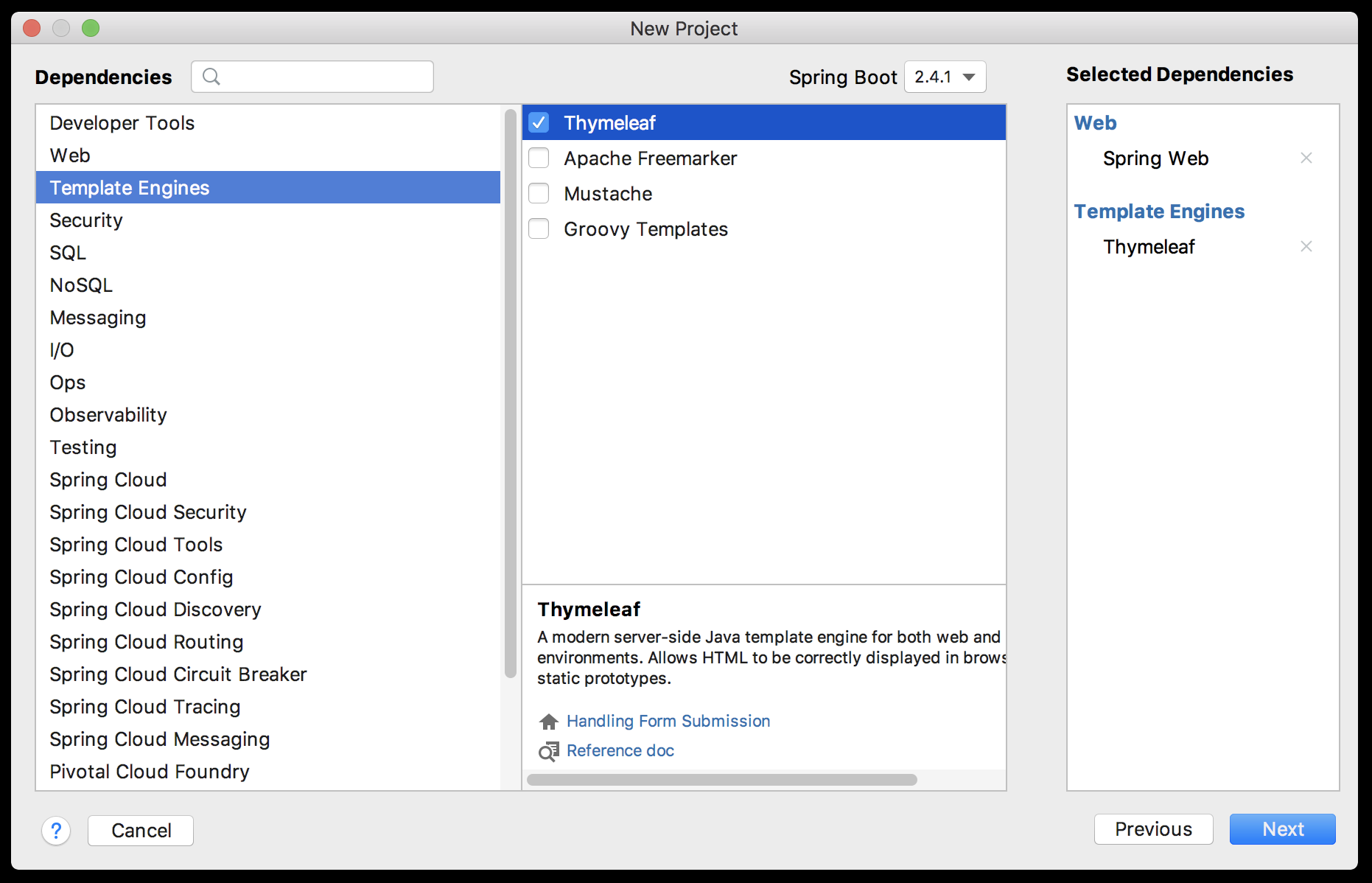

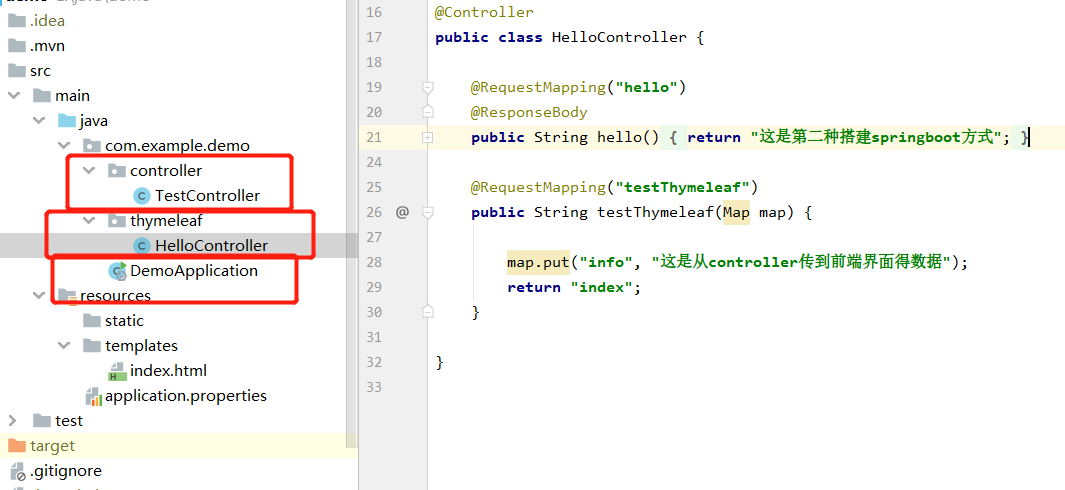





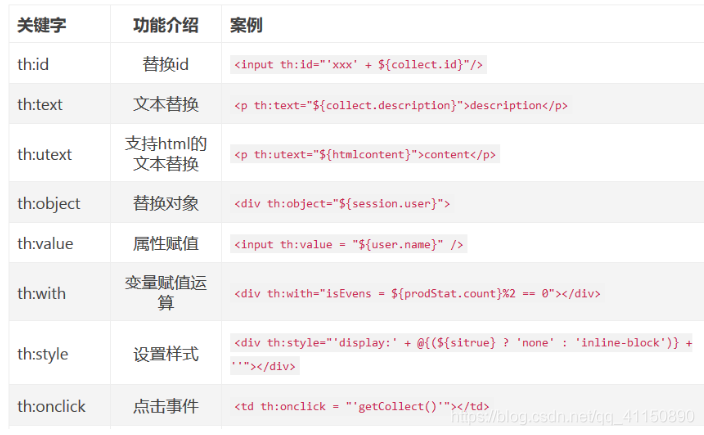
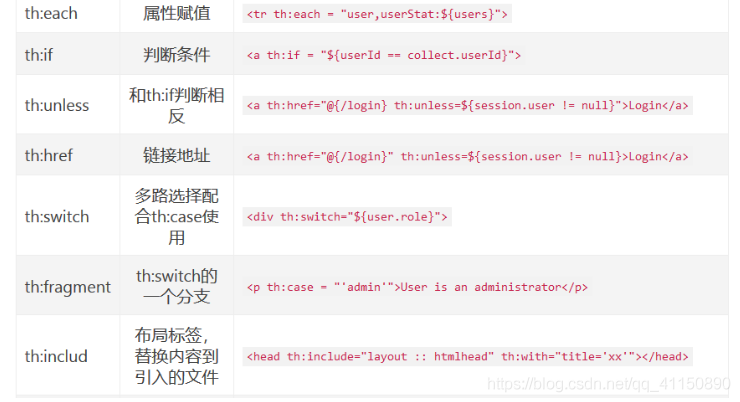
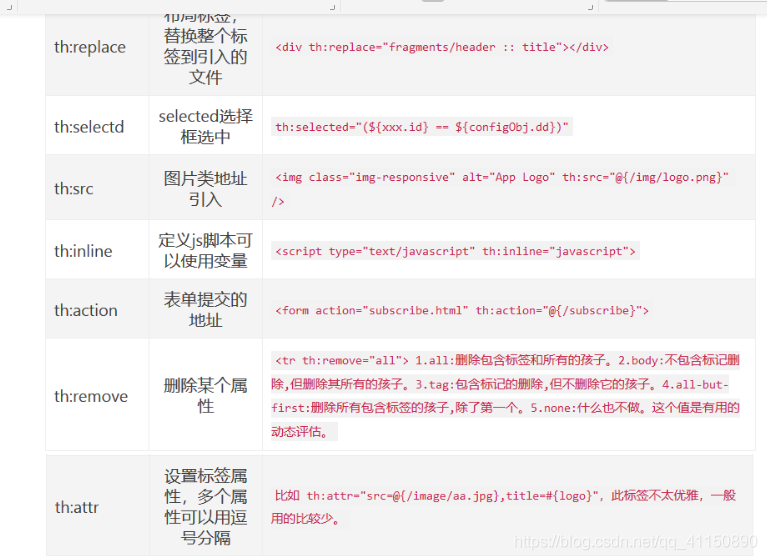












评论